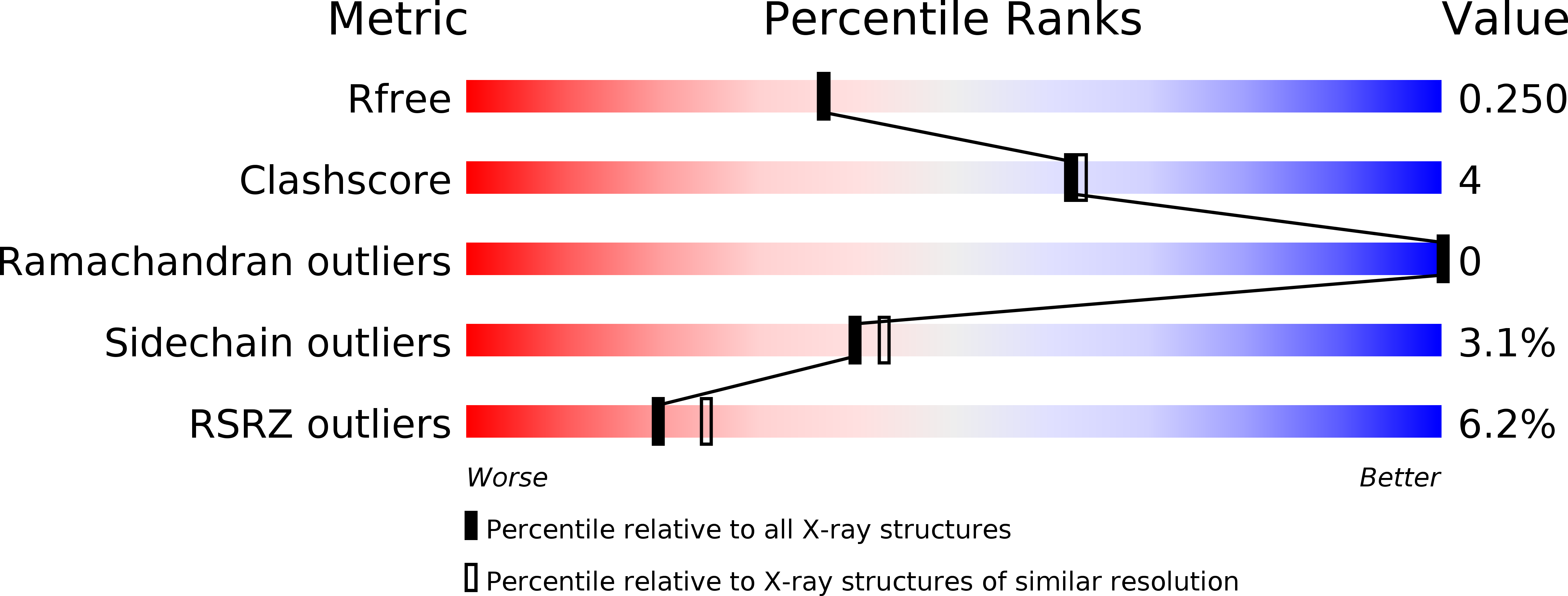
Deposition Date
2009-04-01
Release Date
2009-07-07
Last Version Date
2024-11-20
Entry Detail
PDB ID:
3GWL
Keywords:
Title:
Crystal structure of ASFV pB119L, a viral sulfhydryl oxidase
Biological Source:
Source Organism:
African swine fever virus BA71V (Taxon ID: 10498)
Host Organism:
Method Details:
Experimental Method:
Resolution:
2.10 Å
R-Value Free:
0.26
R-Value Work:
0.21
Space Group:
P 21 21 21


